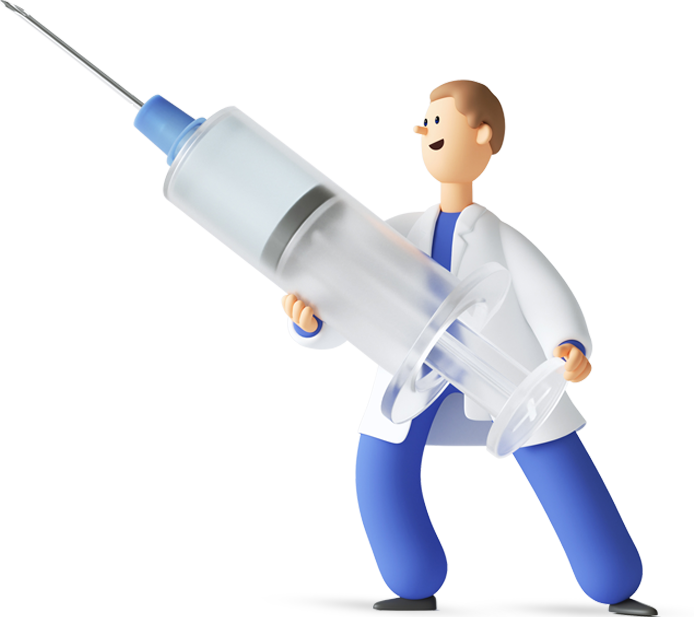Key components of 24 hours emergency services with normal delivery and cesarean section:
- Emergency Obstetric Care Team
- Emergency Room Triage
- Labor and Delivery Rooms
- Operating Theatres
- Anesthesia Services
- Neonatal Care
- Obstetric Emergency Protocols
- Medical Equipment and Supplies
- Continuous Monitoring
- Rapid Response System
- Communication and Transport
- Informed Consent and Communication

Providing 24-hour emergency services for both normal deliveries and cesarean sections is a crucial aspect of comprehensive maternity care. Maternity units need to be equipped and staffed to handle various obstetric emergencies around the clock. Here’s an overview of what such emergency services might entail:
1. Emergency Obstetric Care Team:
– Hospitals should have a dedicated team of healthcare professionals available at all times to respond to emergencies. This team might include obstetricians, anesthesiologists, neonatologists, nurses, midwives, and other specialists.
2. Emergency Room Triage:
– The emergency department or triage area should be staffed to assess pregnant individuals presenting with symptoms of labor, complications, or urgent medical needs.
3. Labor and Delivery Rooms:
– Labor and delivery rooms should be prepared to accommodate normal deliveries, including monitoring equipment and supplies needed for uncomplicated births.
4. Operating Theatres:
– Surgical suites must be readily available for emergency cesarean sections. These operating rooms should be fully equipped and staffed to perform surgery quickly when needed.
5. Anesthesia Services:
– Anesthesia providers, such as anesthesiologists or nurse anesthetists, should be available to administer anesthesia for cesarean sections or other emergency procedures.
6. Neonatal Care:
– Neonatal care services should be readily available to provide immediate care for newborns, especially those born prematurely or with complications.
7. Obstetric Emergency Protocols:
– Hospitals should have clear protocols and guidelines in place for managing various obstetric emergencies, including postpartum hemorrhage, fetal distress, eclampsia, and other complications.
8. Medical Equipment and Supplies:
– Labor and delivery units should be stocked with necessary medical equipment, medications, and supplies to manage emergencies.
9. Continuous Monitoring:
– Pregnant individuals in labor or with complications should receive continuous monitoring of vital signs and fetal well-being.
10. Rapid Response System:
– Hospital might implement a rapid response system that can be activated to mobilize the necessary team and resources in case of emergencies.
11. Communication and Transport:
– Hospital should have efficient communication systems to coordinate care and facilitate timely transport between different areas of the hospital if necessary.
12. Informed Consent and Communication:
– In emergency situations, healthcare providers must communicate clearly with patients and obtain informed consent before proceeding with any medical interventions.
Having a well-prepared emergency obstetric care system is essential for ensuring the safety of both pregnant individuals and their babies. Healthcare facilities must have the infrastructure, staffing, training, and protocols in place to respond swiftly and effectively to emergencies related to childbirth, whether they involve normal deliveries or cesarean sections. This contributes to reducing maternal and neonatal morbidity and mortality and ensures that pregnant individuals receive the highest level of care during critical moments.


